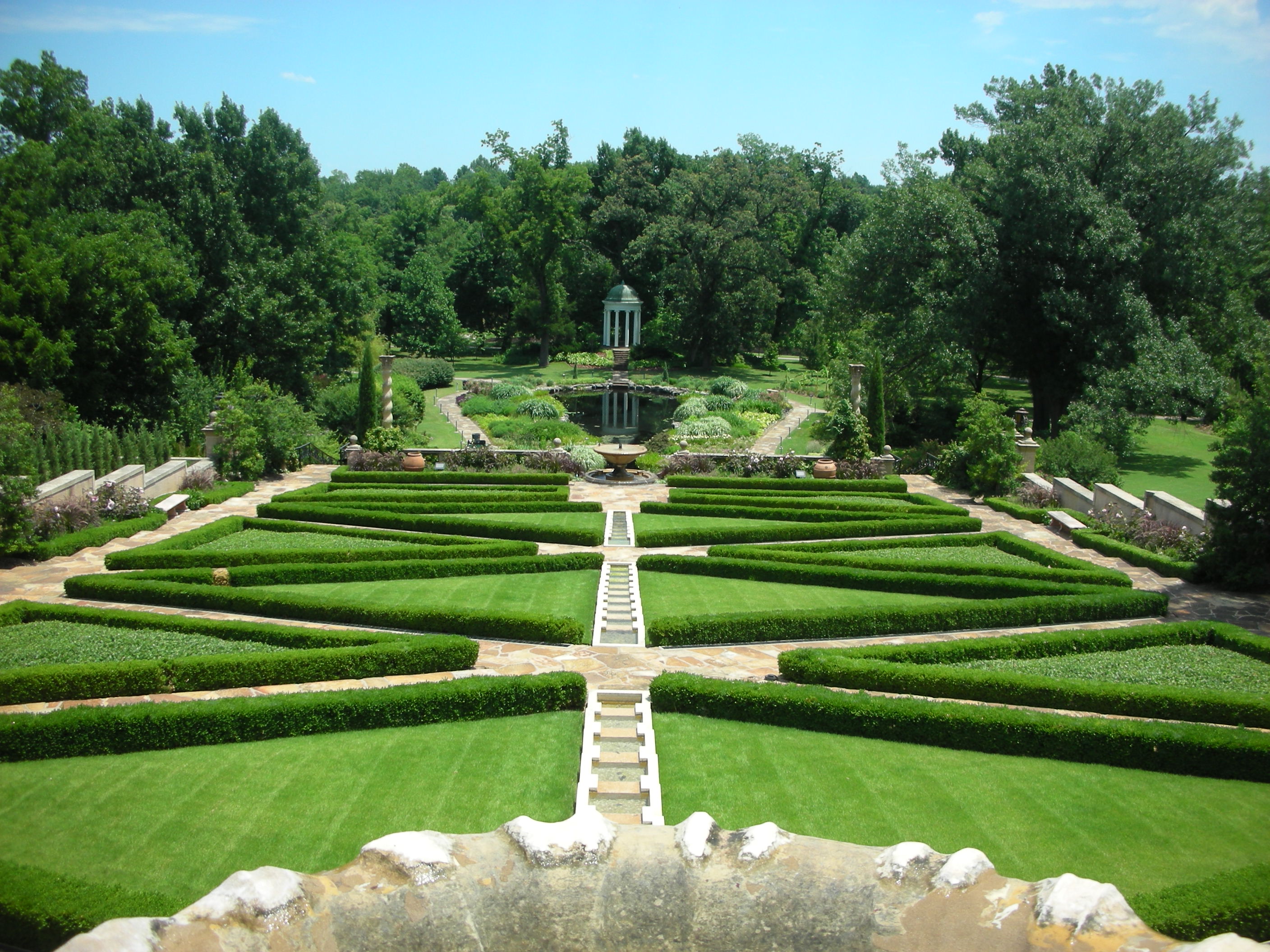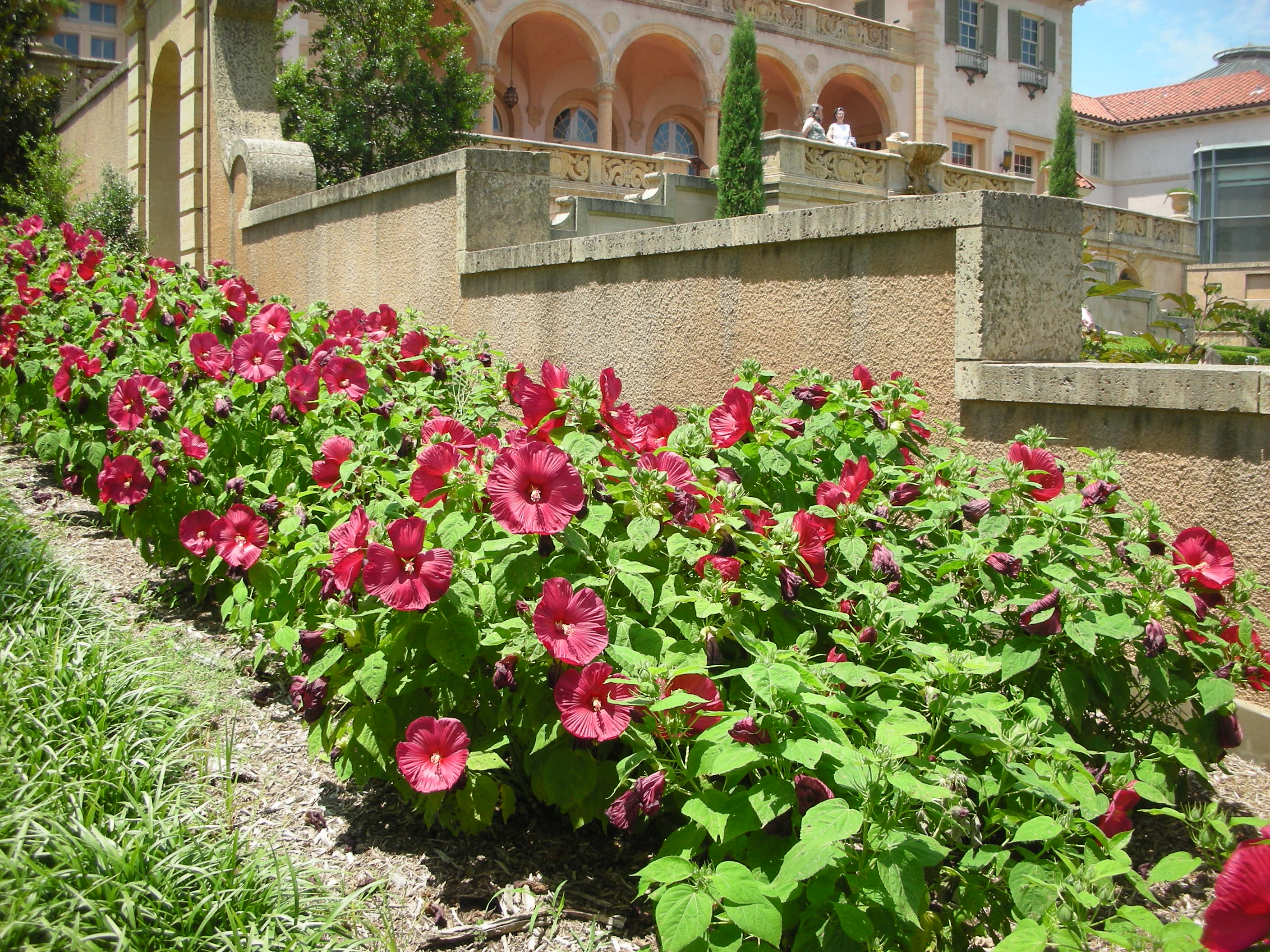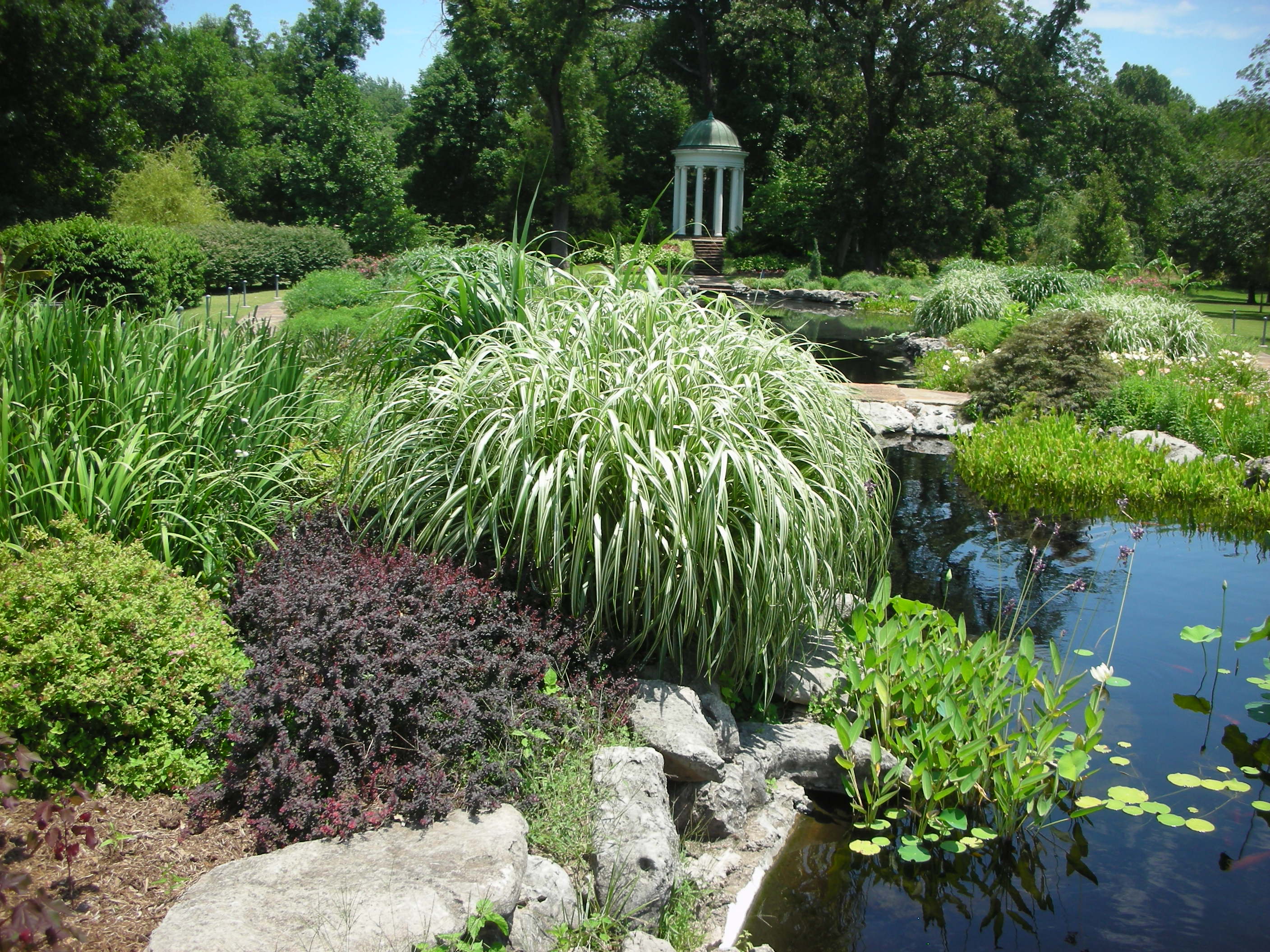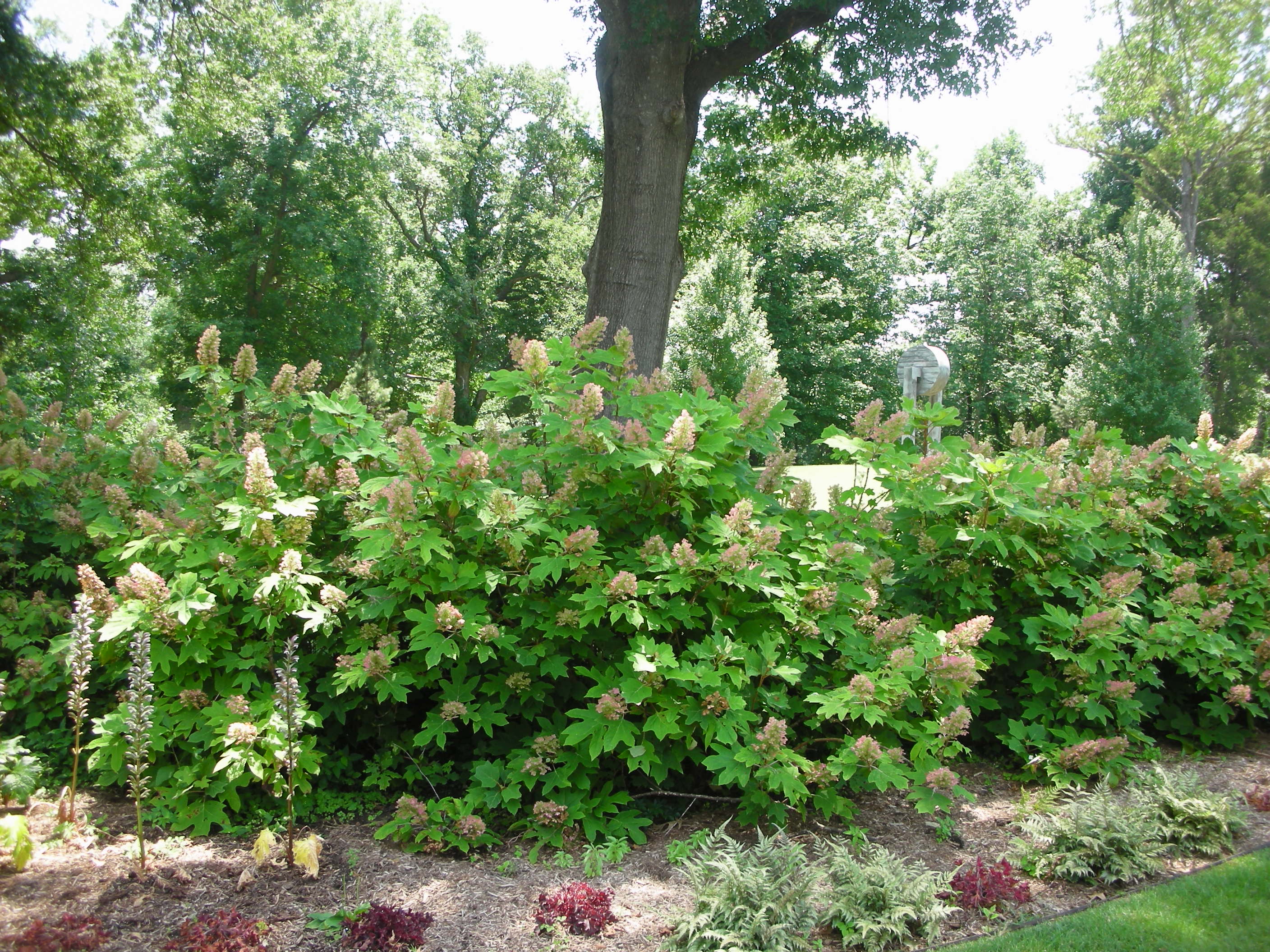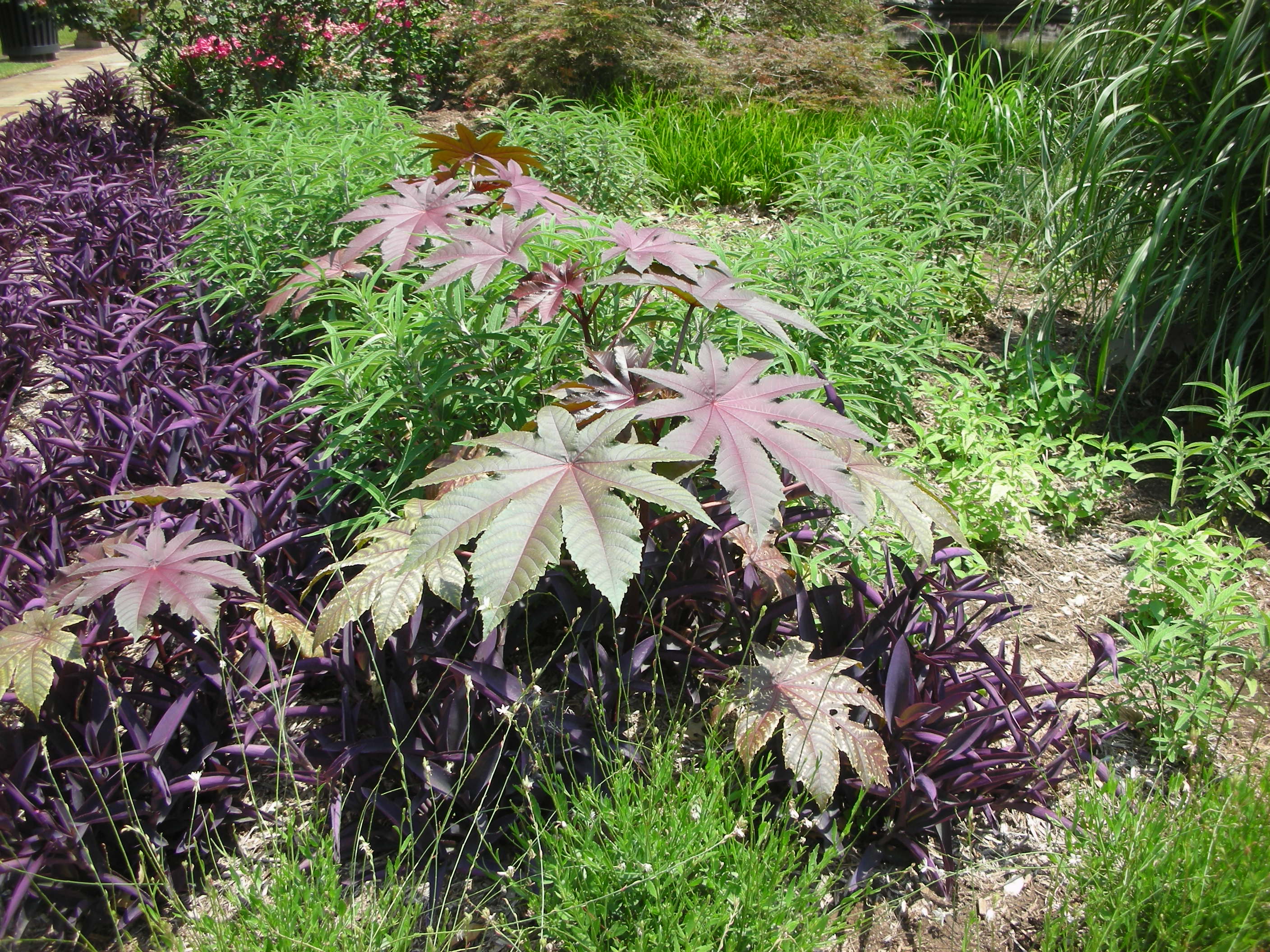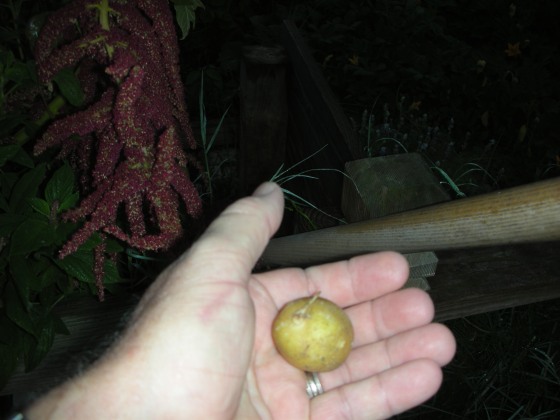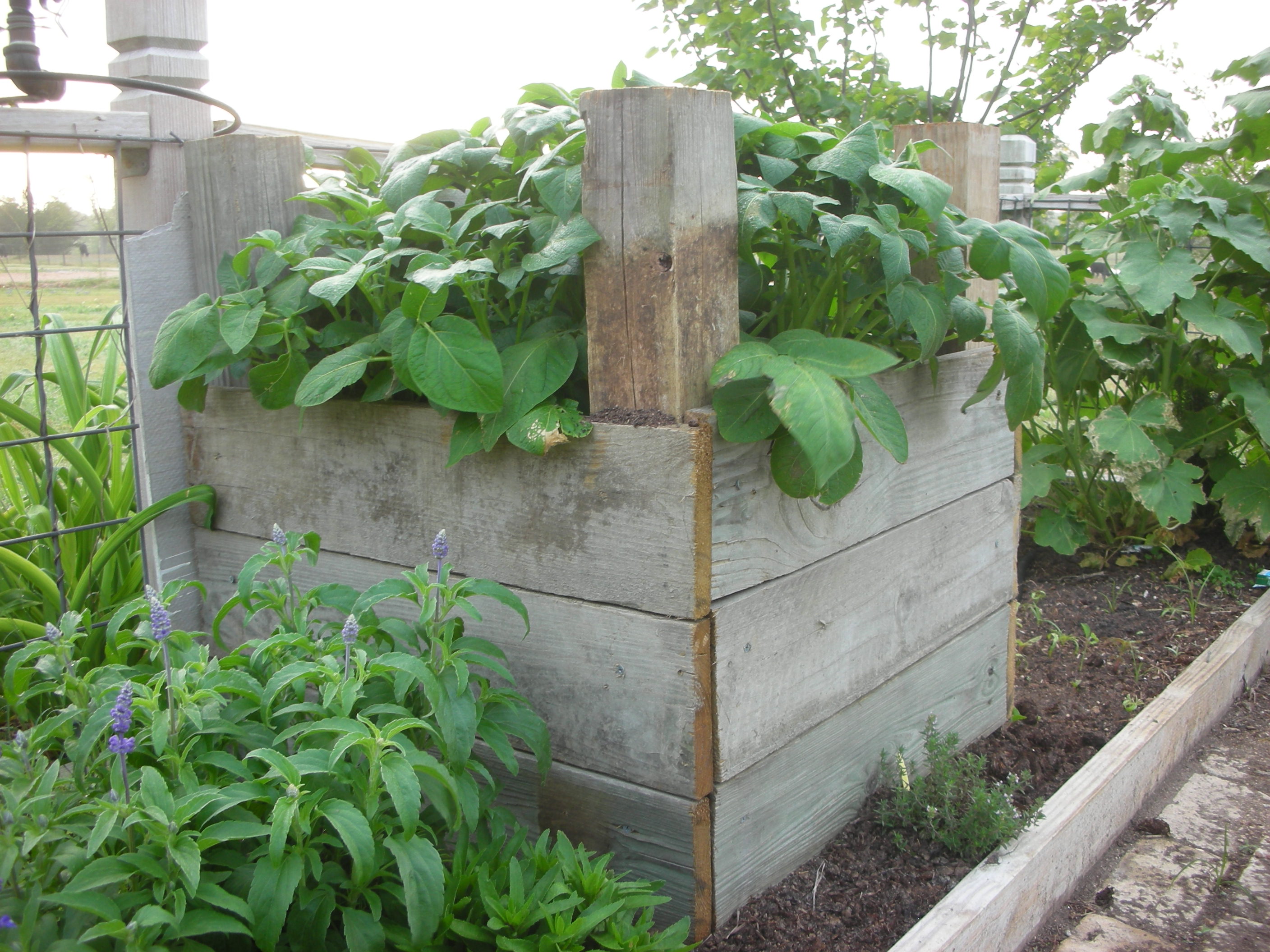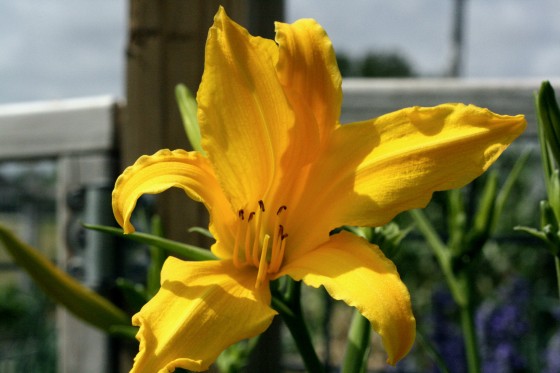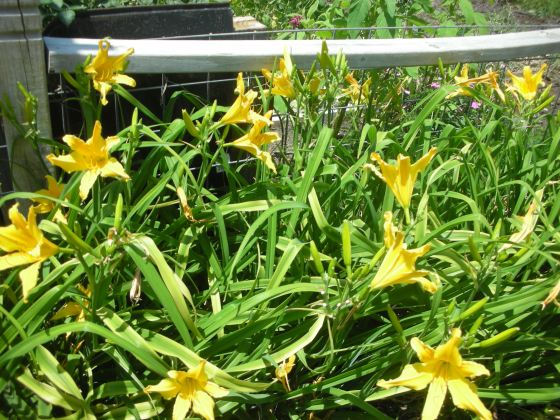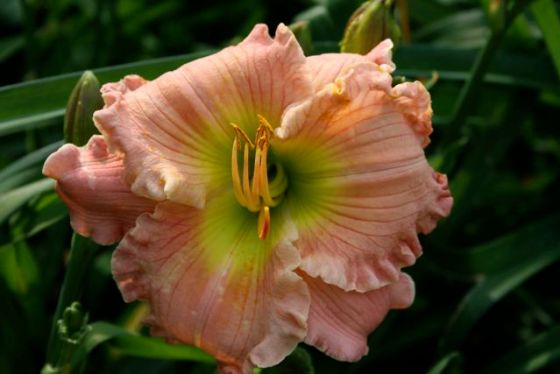This past Friday, two very pleasant things occurred at the Yupneck’s house; an unexpected visit from my youngest daughter and the first formal dinner party hosted in our newly remodeled farmhouse (celebrating the “almost end” of a five year remodeling project). While visits from the kids are always welcomed, it is those rare, unexpected drop ins that I love the most. Whitney is a senior at North Texas University. She is also a very talented floral designer. While there, she found out that we were hosting the renowned Master of Horticulture, Dr. William C. Welch (Bill) and his lovely wife Lucille. She asked if she could make us some arrangements from the garden for the dinner. Of course I said a most enthusiastic YES!!!!!
Whitney grabbed some shears and left the house for about 20 minutes. When she returned, she had a large bundle of flowers and foliage from just about every plant on my property. It was a joy to watch her sort, strip and prepare these cuttings for arrangement. What happened over the next fifteen minutes was truly amazing. In less time than it takes me to brush my teeth, she created three incredibly lovely arrangements that I felt I had to share.

Arrangement for the yupneck's table. Made with things from my gardens by my lovely and talented daughter.
The first was a large arrangement that she made for the center of the table. If you look closely, you will see hollyhocks, love-lies-bleeding, salvia, dried yarrow, coral honeysuckle and PURPLE HULL PEAS! Who puts peas in a floral arrangement? A young Master of Horticulture, that’s who. This arrangement was stunning! I wish my camera skills did it justice.
Next, she made a small arrangement for the bath. This arrangement was built in a small water pitcher. She incorporated tatume’ squash, zinnias, love-lies-bleeding and southern wax myrtle foliage.
Finally, she turned a vintage Mary planter into another stunning arrangement. Here she used zinnias, salvia, wax myrtle foliage and iris leaves for effect. Beautiful!
Whitney’s arrangements were the cherry on the top of the truly fabulous meal that my lovely wife prepared for the Welch’s. Mrs. Yupneck created a carmalized onion and goat cheese appetizer, steak with bearnaise suace, stuffed summer squash and a tomato and balsalmic salad. This was washed down with a lovely red brought by the guests and finished with a decadant “mudslide” dessert. The evening was perfect. My wife and daughter’s combined skills came together to create a dinner that was memorable for all.

The yupneck with his very talented floral designer daughter and his equally lovely and talented culinary wife.
P.S. My daughter is a very talented floral designer. She has started her own business in the DFW/Denton area. She will be more than happy to give you a bid on events of any size. To see more of her work you can check her out at Arbor Floral.
P.S.S. Since the dinner was to celebrate the almost completion of our FIVE YEAR LONG remodeling project here is a picture of the entryway.





















